Home>Gardening & Outdoor>Landscaping Ideas>When To Plant Maiden Grass
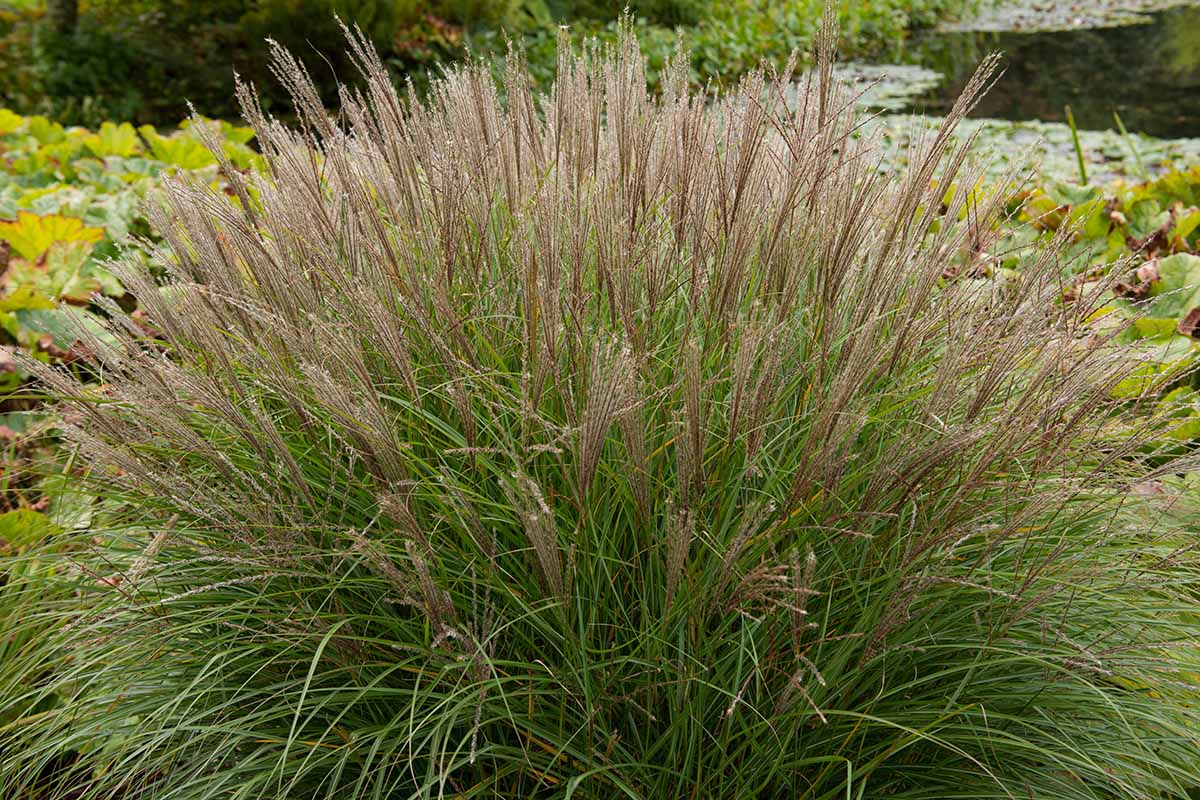

Landscaping Ideas
When To Plant Maiden Grass
Modified: February 18, 2024
Discover the best timing for planting maiden grass in your landscaping with our expert tips and ideas. Enhance your outdoor space with these landscaping ideas!
(Many of the links in this article redirect to a specific reviewed product. Your purchase of these products through affiliate links helps to generate commission for Storables.com, at no extra cost. Learn more)
Introduction
Welcome to the wonderful world of landscaping! If you’re considering adding ornamental grasses to your outdoor space, you’ve likely come across the stunning Maiden Grass (Miscanthus sinensis). This graceful, versatile plant is a popular choice for many gardeners and landscape enthusiasts.
In this guide, we’ll explore the ideal times for planting Maiden Grass to ensure its successful establishment and long-term beauty in your garden. Whether you’re a seasoned gardener or just starting out, understanding the best planting times for Maiden Grass will set the stage for a thriving and visually captivating landscape.
So, let’s delve into the world of Maiden Grass and discover the optimal timing for planting this elegant ornamental grass to achieve the best results.
Key Takeaways:
- Plant Maiden Grass in spring for vibrant growth and a stunning display throughout the summer. The mild temperatures and increased daylight hours provide the perfect conditions for this graceful ornamental grass to thrive.
- Consider fall planting for Maiden Grass to establish strong roots and prepare for a breathtaking presence in the following spring. The cooler temperatures and ample moisture create an ideal environment for this elegant grass to flourish.
Read more: When Does Maiden Grass Start To Grow
Understanding Maiden Grass
Maiden Grass, scientifically known as Miscanthus sinensis, is a perennial ornamental grass native to East Asia. Renowned for its graceful, arching foliage and feathery plumes, this plant adds a touch of elegance to any landscape. With its impressive height, ranging from 4 to 8 feet, Maiden Grass serves as a stunning focal point or a beautiful backdrop in garden beds and borders.
One of the key attractions of Maiden Grass is its versatility. Whether used as a solitary specimen, in a mixed perennial border, or as a privacy screen, this grass offers year-round interest. In spring, the fresh green blades emerge, followed by the appearance of striking plumes in late summer, which transition to a golden hue in fall, creating a captivating display. Even in winter, the dried foliage provides texture and visual appeal to the landscape.
Moreover, Maiden Grass is relatively low-maintenance, making it an attractive option for both experienced gardeners and beginners. It is adaptable to various soil types and exhibits good drought tolerance once established, further enhancing its appeal as a landscaping staple.
Understanding the growth habits, visual appeal, and adaptability of Maiden Grass is essential for making informed decisions about its care and planting requirements.
Climate and Planting Zones
Before delving into the ideal planting times for Maiden Grass, it’s crucial to consider the climate and planting zones that are conducive to its growth. Maiden Grass thrives in USDA hardiness zones 5 to 9, which encompass a wide range of climates, from temperate to subtropical. This adaptability makes it suitable for a diverse array of landscapes, from the cooler regions of the northern United States to the milder climates of the southern states.
When selecting the perfect spot for Maiden Grass in your garden, it’s important to consider its preference for full sun. While it can tolerate partial shade, optimal sunlight exposure ensures robust growth and the development of its signature plumes. Additionally, well-draining soil is essential to prevent waterlogging, which can be detrimental to the plant’s health.
Understanding your local climate and planting zone is paramount to the successful cultivation of Maiden Grass. By aligning the plant’s requirements with your specific environmental conditions, you can create an ideal setting for its growth and development.
Plant maiden grass in the spring or early fall. This allows the roots to establish before extreme temperatures. Avoid planting in the heat of summer or the freezing cold of winter.
Spring Planting
Spring is a wonderful time to embark on gardening endeavors, and planting Maiden Grass during this season offers several advantages. As the temperatures begin to warm and the frost recedes, the soil becomes more workable, providing an opportune moment to introduce new plants to the landscape.
When planting Maiden Grass in spring, it’s important to wait until the danger of frost has passed and the soil has started to warm up. This typically occurs in late spring, allowing for the successful establishment of the grass before the onset of summer. By selecting healthy, well-rooted specimens from reputable nurseries, you can ensure a strong start for your Maiden Grass plants.
Before planting, prepare the chosen site by loosening the soil and incorporating organic matter to enhance its fertility and drainage. Dig a hole slightly larger than the root ball of the plant and gently place the Maiden Grass, ensuring that the crown is level with the soil surface. Backfill the hole and water the newly planted grass thoroughly to settle the soil and provide essential moisture.
Throughout the spring season, the mild temperatures and increased daylight hours promote vigorous growth in Maiden Grass. By establishing its root system during this time, the plant can acclimate to its new environment and prepare for the forthcoming summer months. Regular watering and a balanced fertilizer application will support its growth and contribute to the development of lush foliage and robust plumes.
Spring planting sets the stage for a flourishing display of Maiden Grass, allowing it to thrive and grace your garden with its beauty throughout the growing season and beyond.
Fall Planting
As the vibrant hues of autumn emerge, the fall season presents an excellent opportunity for planting Maiden Grass. The cooler temperatures and milder weather create an optimal environment for establishing this graceful ornamental grass in your landscape.
When planting Maiden Grass in the fall, timing is key. Aim to plant at least 6 to 8 weeks before the first anticipated frost date in your region. This allows the grass to acclimate to its new surroundings and develop a strong root system before winter sets in. The moderating temperatures of fall reduce the stress on the plant, promoting healthy growth and enhancing its ability to withstand the challenges of winter.
Preparing the planting site is crucial for the successful establishment of Maiden Grass. Choose a location with well-draining soil and ample sunlight to ensure optimal growing conditions. Dig a hole that accommodates the root ball of the plant and position it at the same level as the surrounding soil. Water the newly planted grass thoroughly to encourage root establishment and minimize transplant shock.
Throughout the fall season, Maiden Grass focuses its energy on root development, laying the foundation for robust growth in the following spring. The cooler temperatures and consistent moisture levels create an ideal setting for the plant to thrive. As the foliage takes on a golden hue and the plumes sway gracefully in the autumn breeze, the beauty of Maiden Grass enhances the seasonal landscape.
By planting Maiden Grass in the fall, you set the stage for a breathtaking display in the coming year. The plant’s established root system and acclimation to its new environment during the fall months contribute to its resilience and vitality, ensuring a captivating presence in your garden for years to come.
Read more: How To Care For Maiden Grass
Conclusion
Choosing the right time to plant Maiden Grass is essential for its successful integration into your landscape. Whether you opt for spring or fall planting, each season offers distinct advantages that contribute to the long-term health and beauty of this graceful ornamental grass.
Spring planting harnesses the energy of the season, allowing Maiden Grass to establish itself and flourish amidst the favorable growing conditions. The mild temperatures and increased daylight hours promote robust growth, setting the stage for a vibrant display throughout the summer and into fall.
On the other hand, fall planting capitalizes on the moderating temperatures and ample moisture, enabling Maiden Grass to focus on root development and acclimate to its new surroundings. This strategic timing prepares the plant for a strong start in the following spring, ensuring its resilience and vitality in the landscape.
Understanding the climate and planting zones that support the growth of Maiden Grass is fundamental to creating an optimal environment for this stunning ornamental grass. By aligning the plant’s requirements with your specific environmental conditions, you can set the stage for its successful integration into your garden.
Whether you choose to plant Maiden Grass in the rejuvenating embrace of spring or amidst the breathtaking hues of fall, your landscape will be enriched by the timeless allure of this versatile and elegant ornamental grass. Its graceful presence, from the emergence of fresh foliage to the swaying plumes of late summer and the golden hues of fall, will captivate the senses and elevate the visual appeal of your outdoor space.
So, as you embark on your gardening journey, consider the ideal timing for planting Maiden Grass, and witness the transformation of your landscape into a captivating oasis of natural beauty.
Frequently Asked Questions about When To Plant Maiden Grass
Was this page helpful?
At Storables.com, we guarantee accurate and reliable information. Our content, validated by Expert Board Contributors, is crafted following stringent Editorial Policies. We're committed to providing you with well-researched, expert-backed insights for all your informational needs.
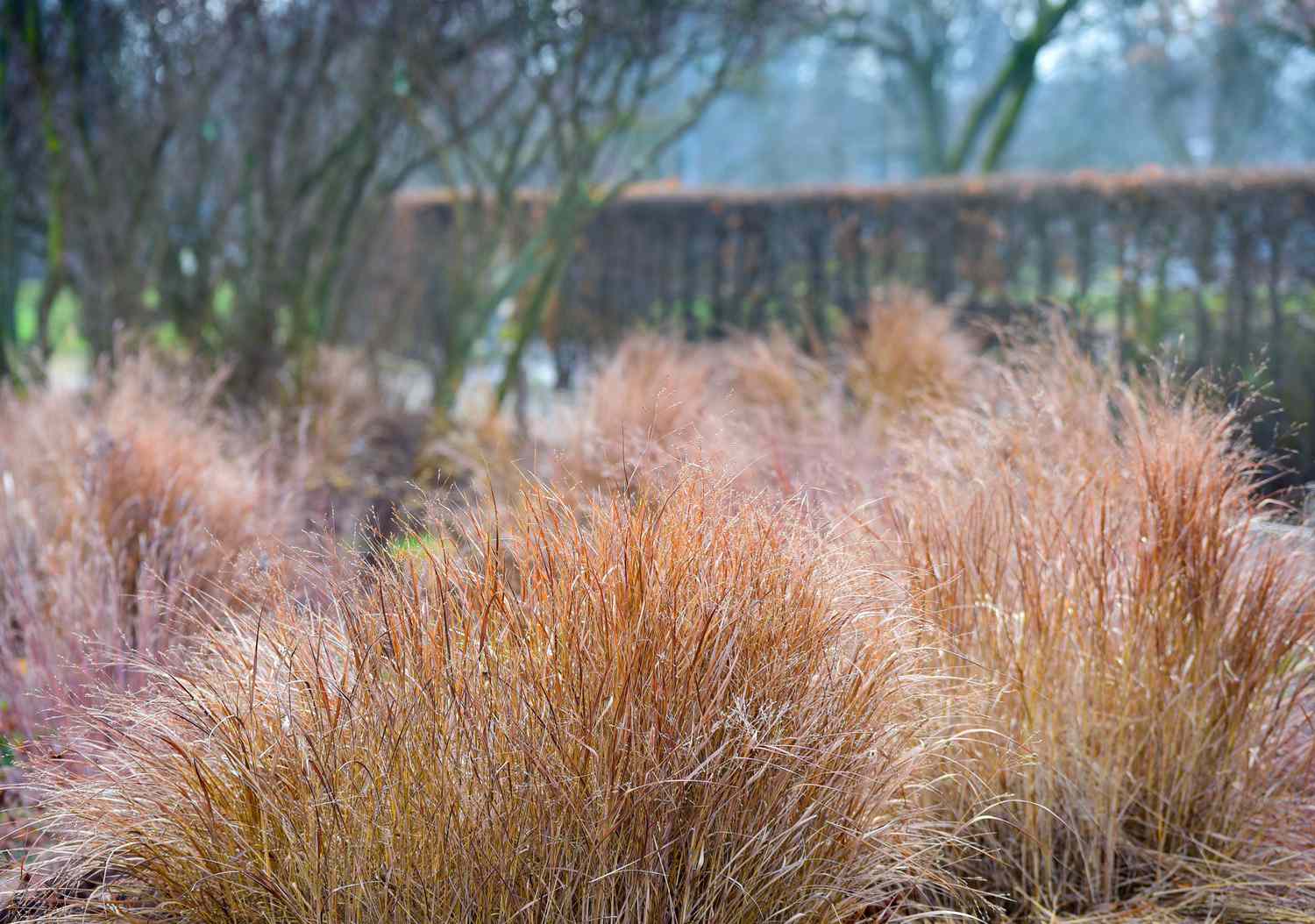
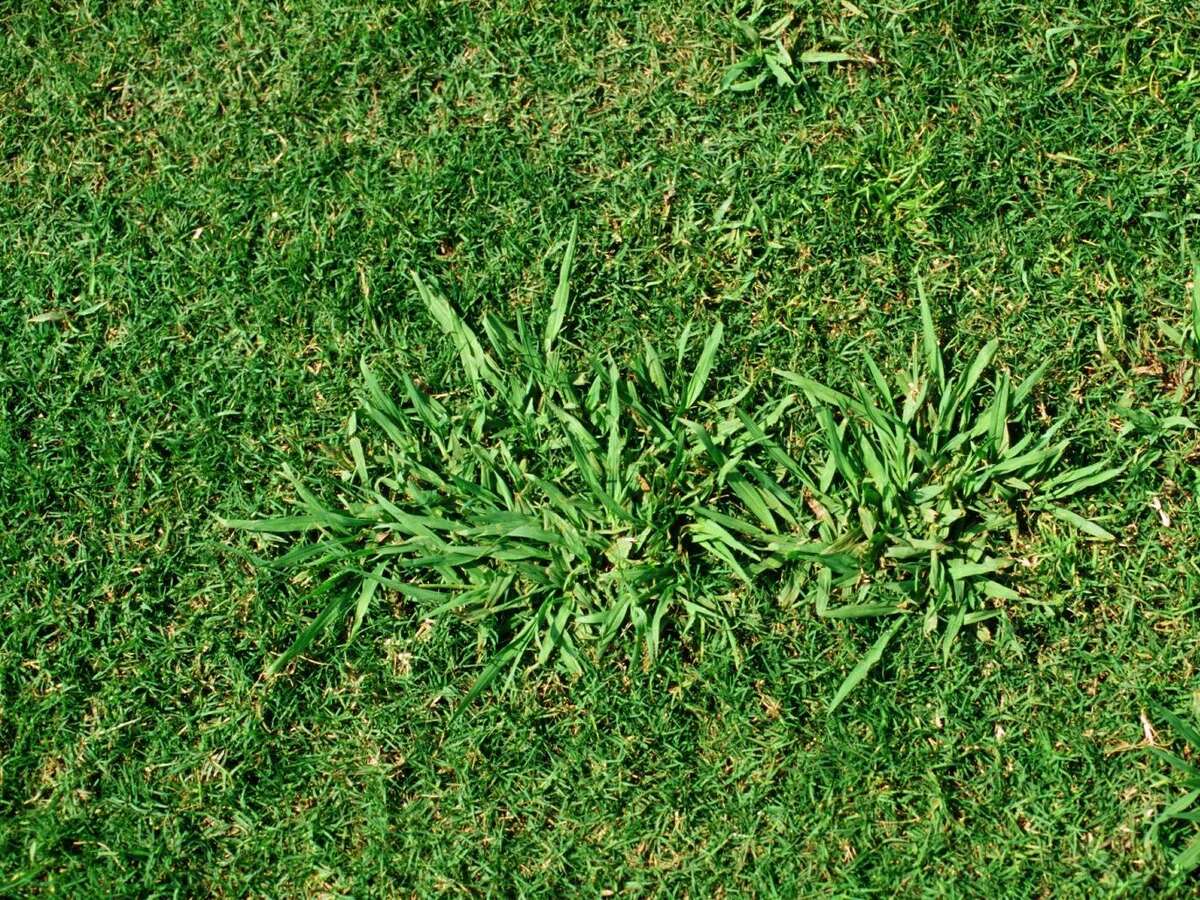
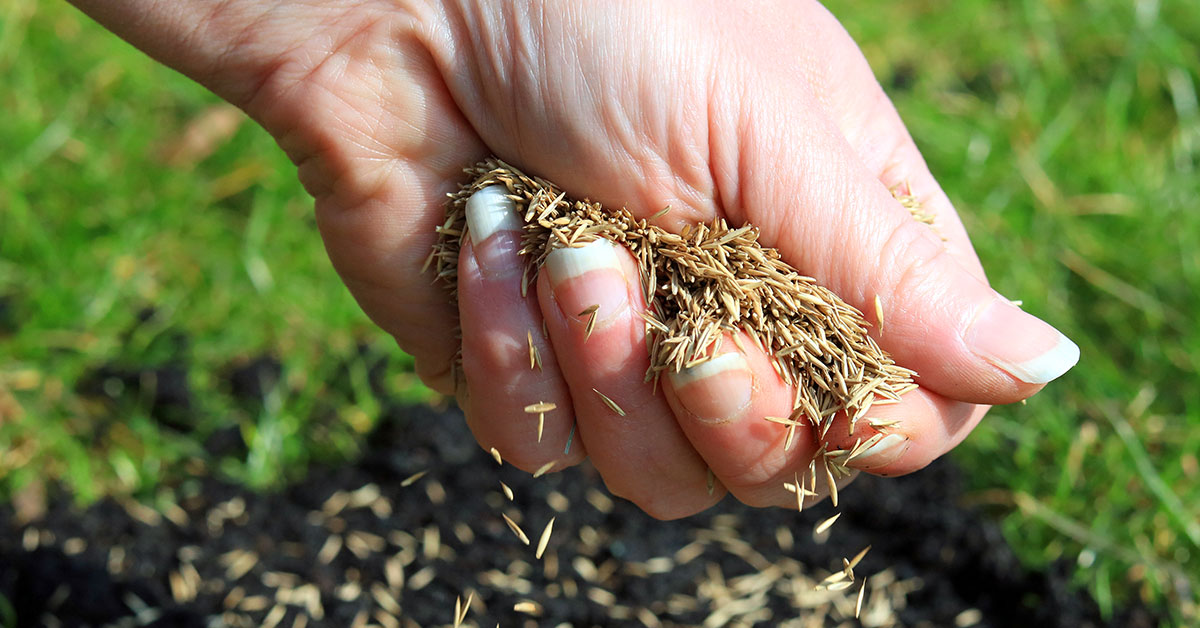
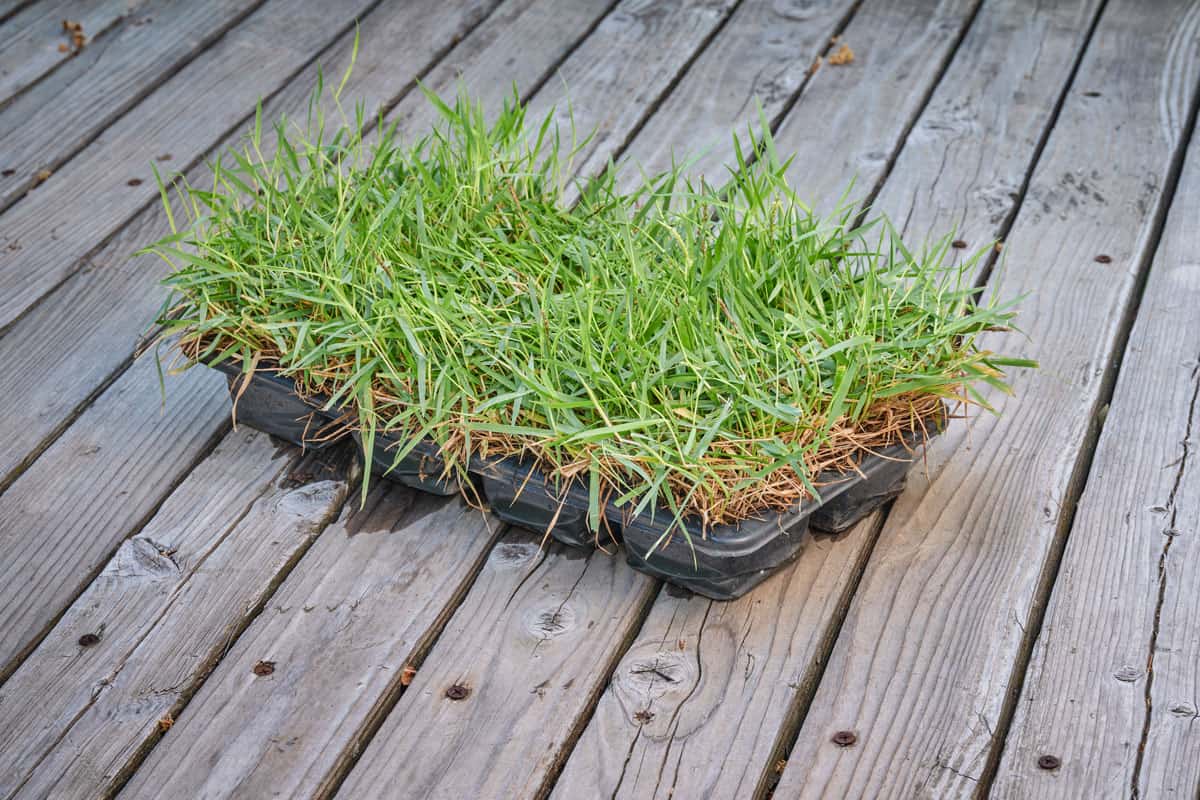
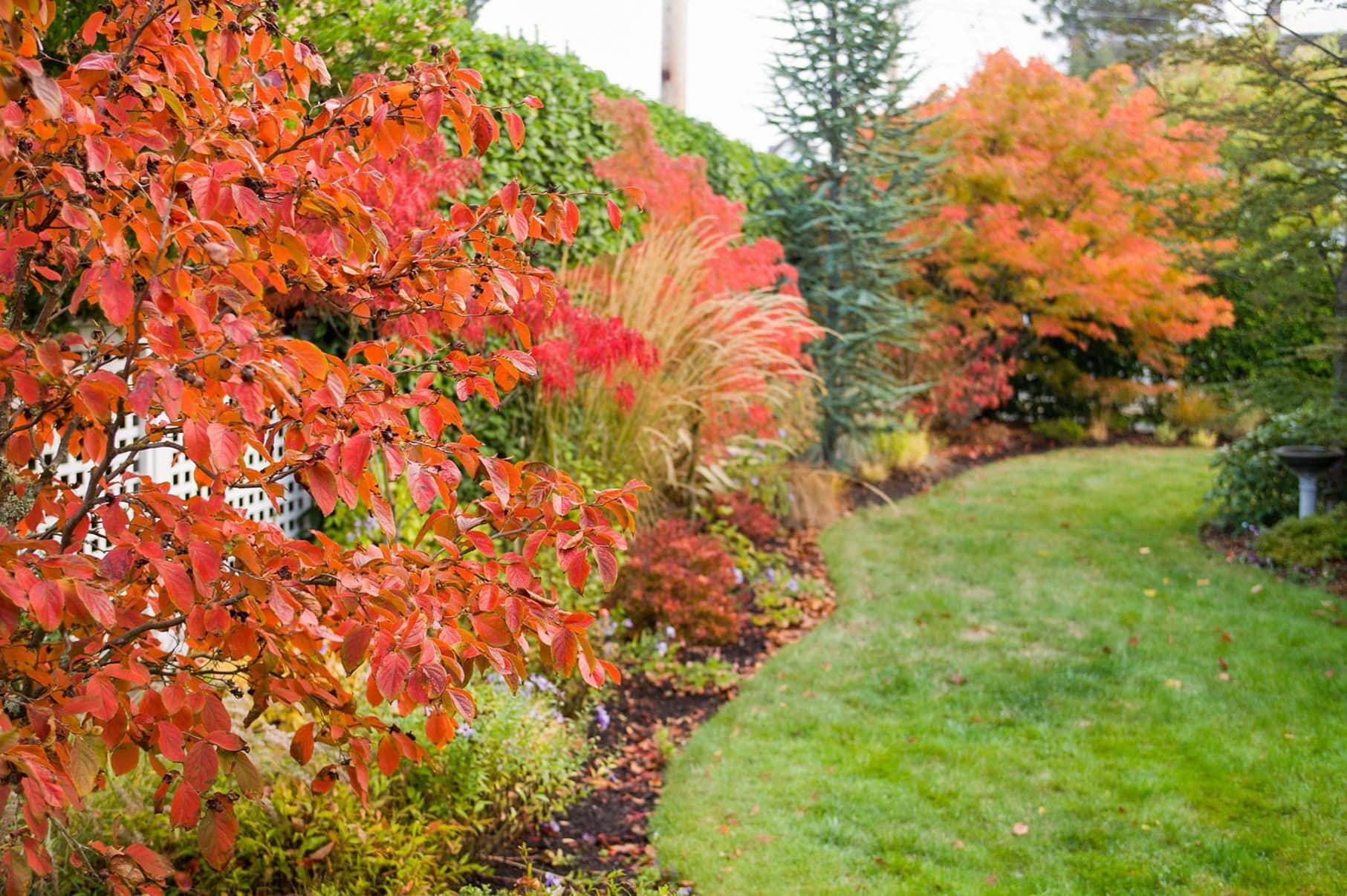

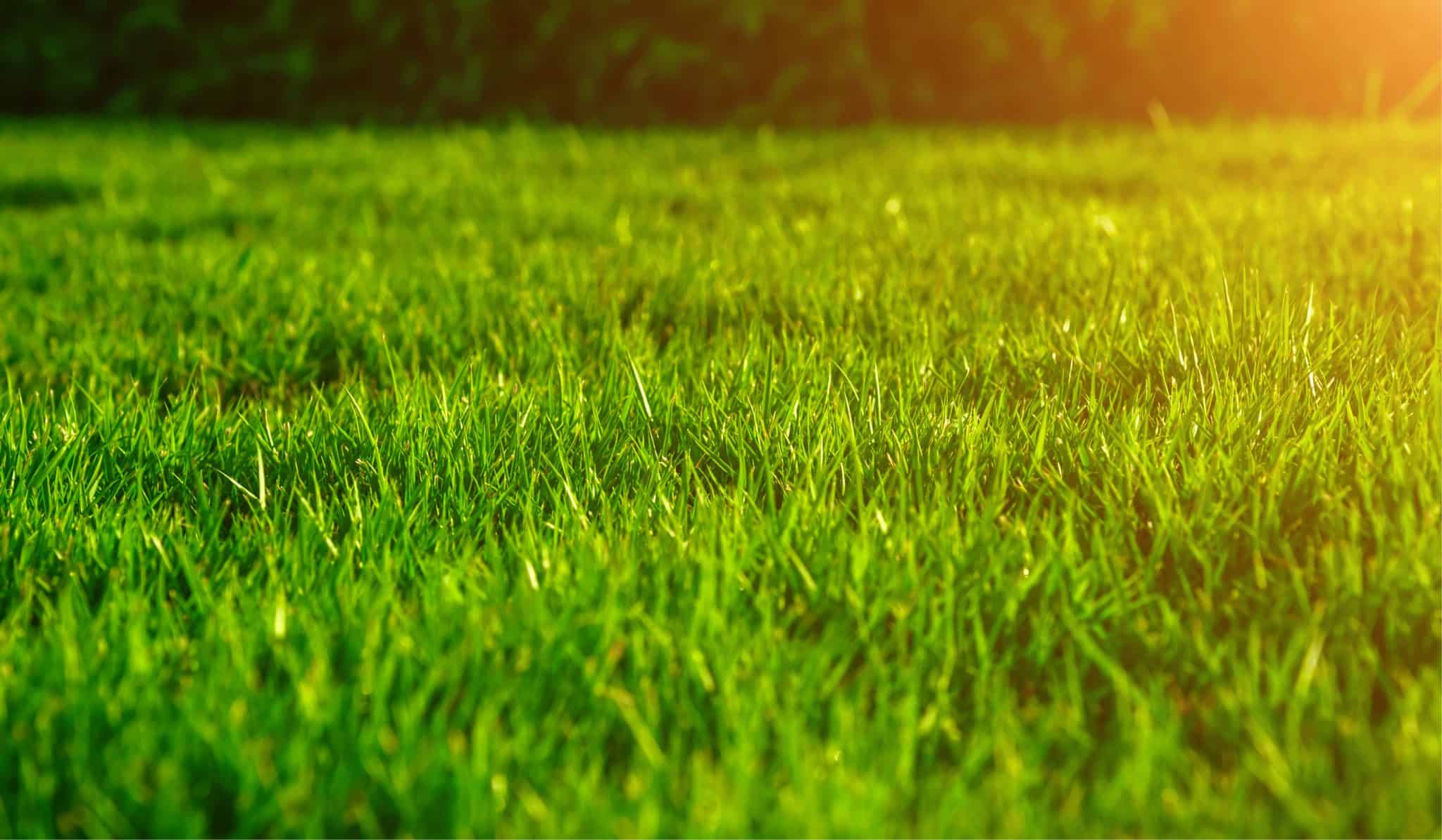

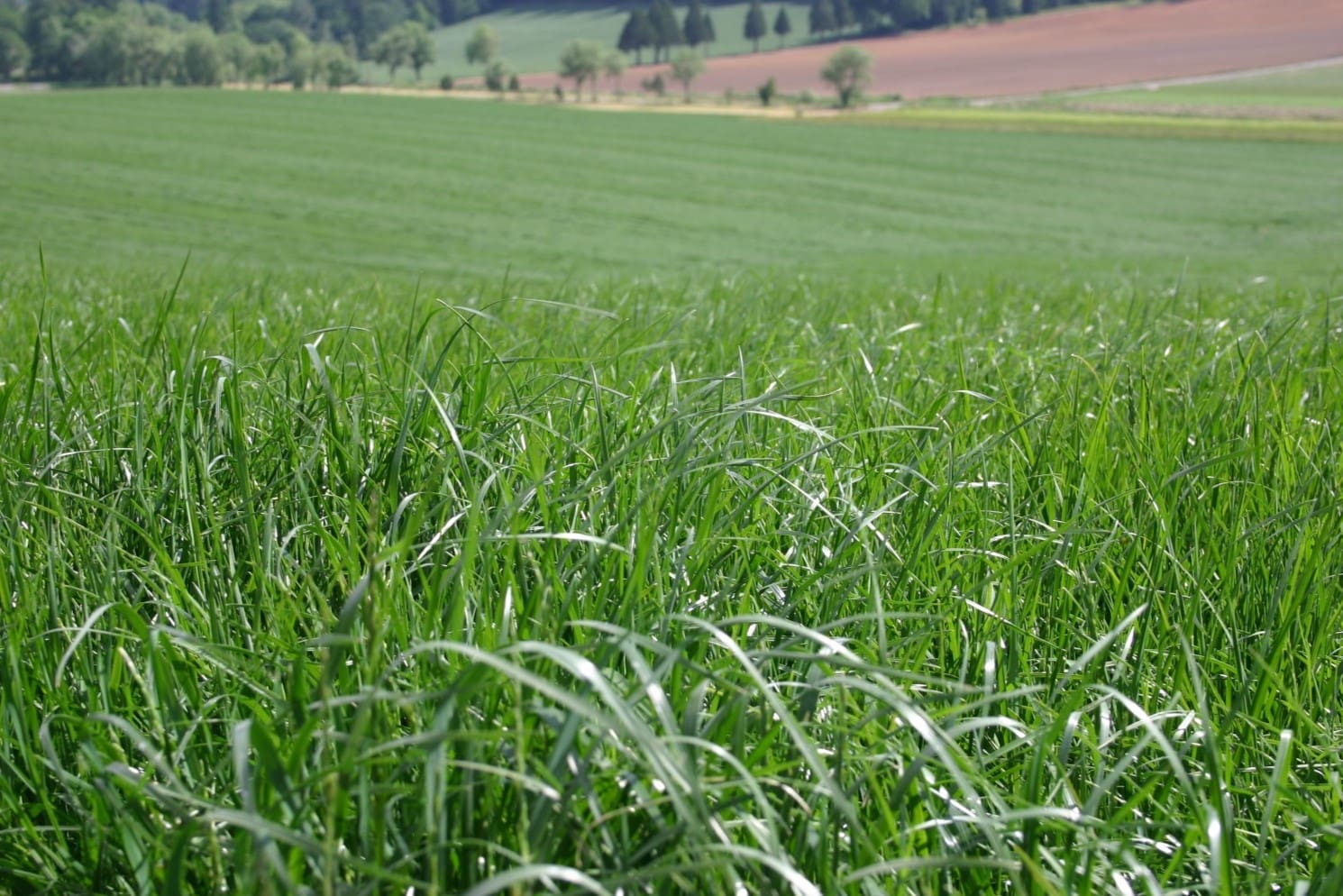
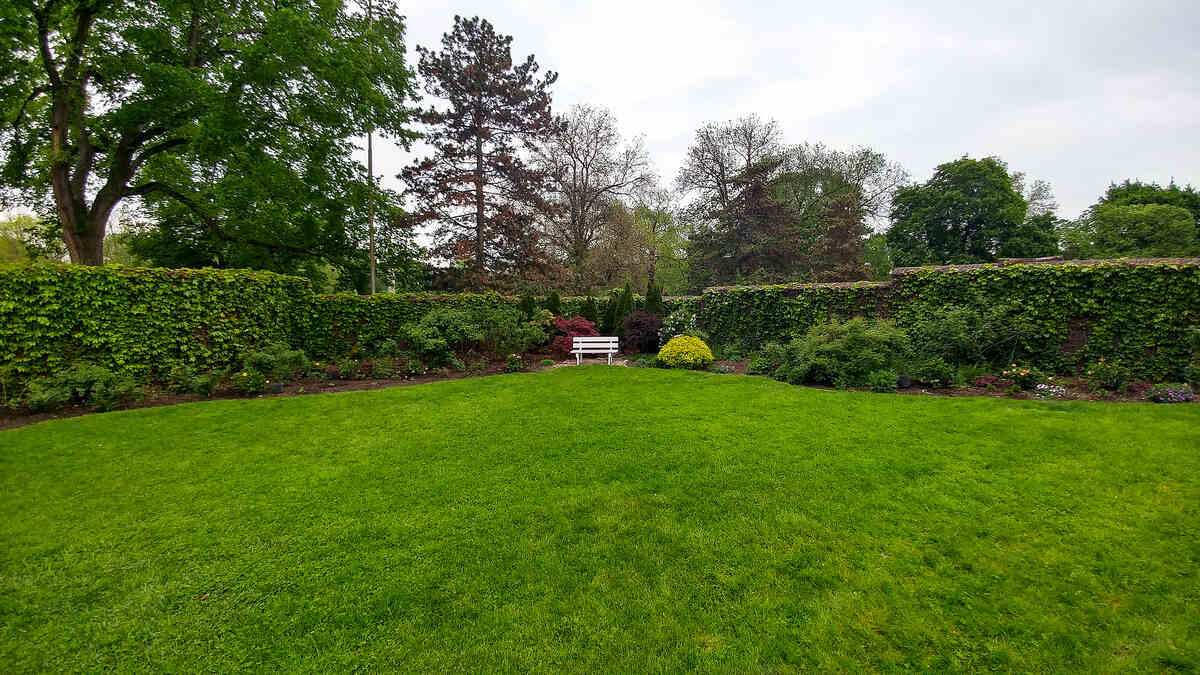

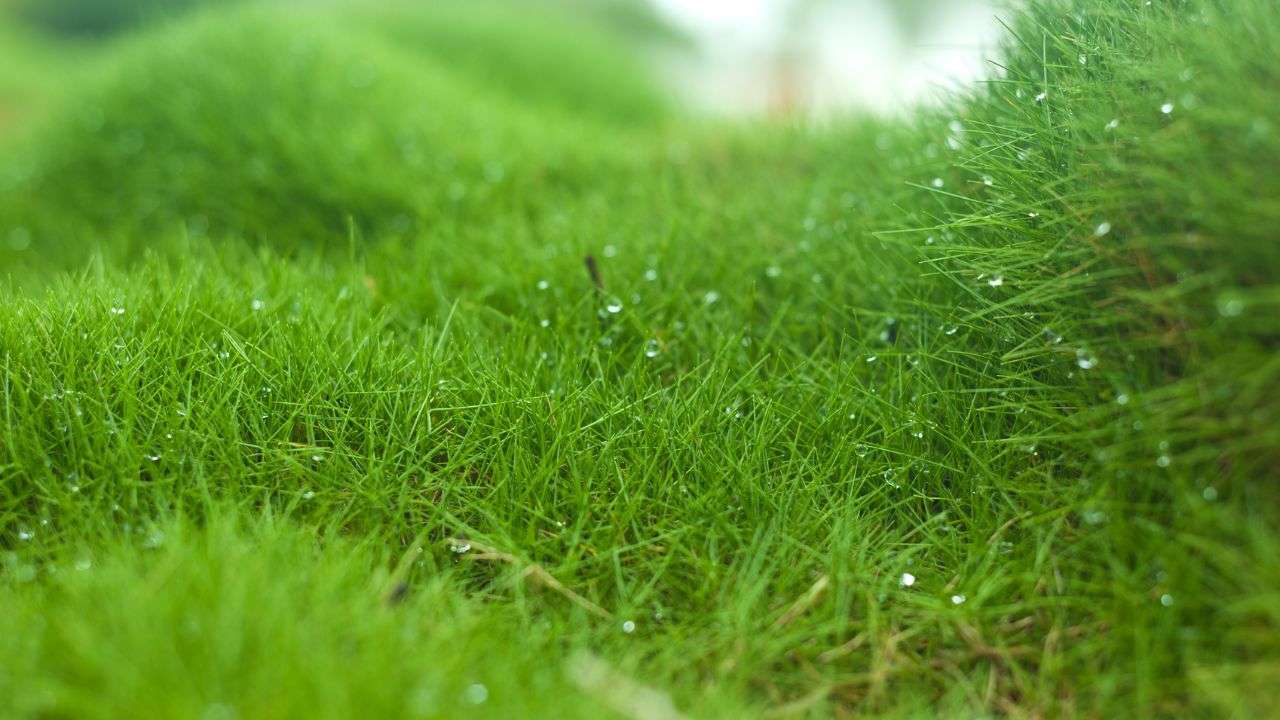

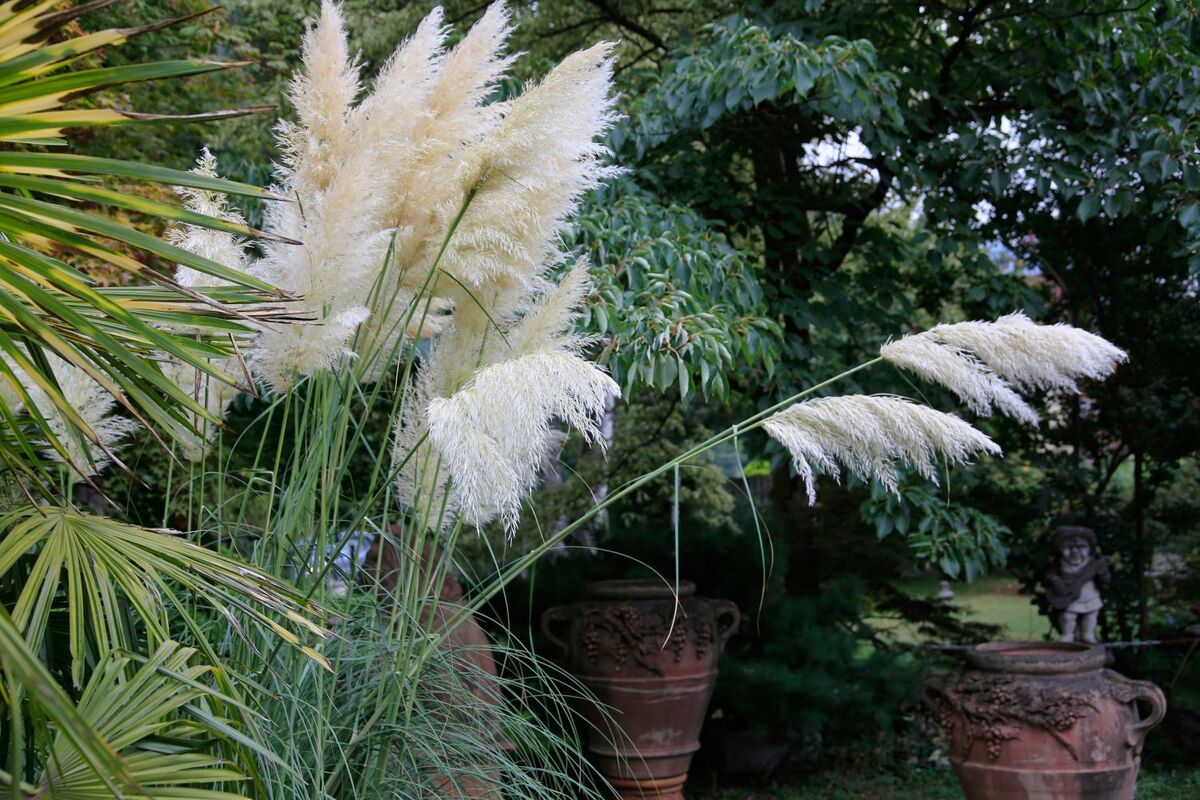

0 thoughts on “When To Plant Maiden Grass”